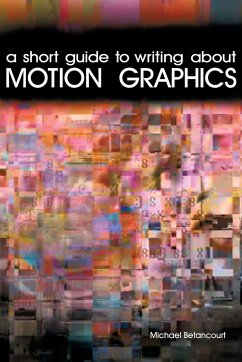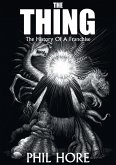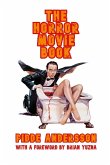Harmonia, "harmonies," analyzes the connections between glitch art, visual music, abstraction, and motion pictures. It is a theory and a critique of visual music. This collection is a chronological survey of artistic research into, around, and with digital motion pictures. The result unveils a theory of both visual music and abstraction, one that is directly connected to a critical engagement with the socio-cultural meaning of "visionary art" that builds on the work of Umberto Eco and Michel Foucault to engage with the historical films of John Whitney, Mary Ellen Bute, Mark Hallock-Greenewalt, and Stan Brakhage. Included are the essays "The Aura of the Digital," "The Invention of Glitch Video," and "Welcome to Cyberia" along with many other talks, publications, and analyses of glitch art and visual music, surveying glitch art pioneer Michael Betancourt's critical/theoretical engagements with these art forms.
Hinweis: Dieser Artikel kann nur an eine deutsche Lieferadresse ausgeliefert werden.
Hinweis: Dieser Artikel kann nur an eine deutsche Lieferadresse ausgeliefert werden.








